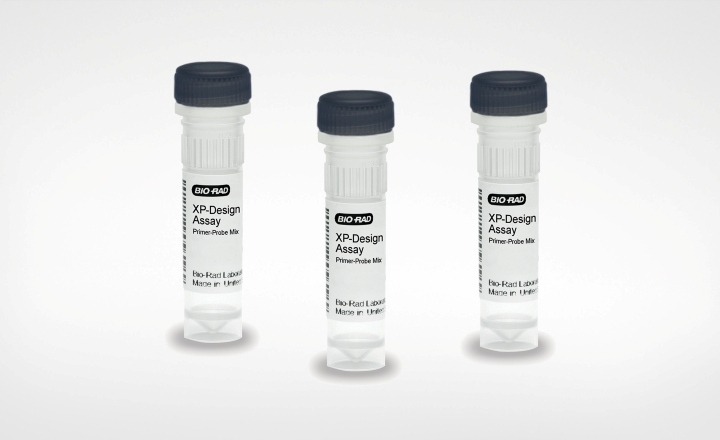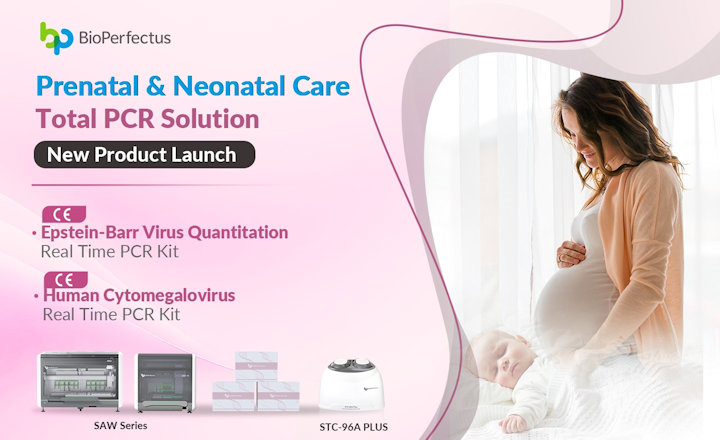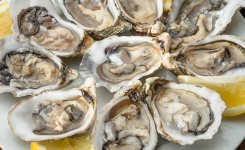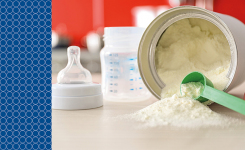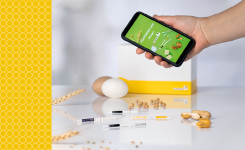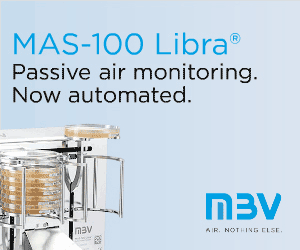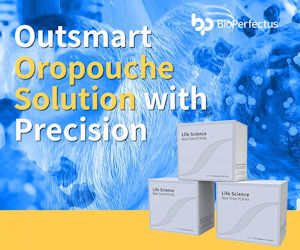- The new multiplex SureFood® ALLERGEN 4plex SEAFOOD real-time PCR kit simplifies seafood allergen screening by detecting fish, crustaceans, and molluscs in a single run.
- Save time and reduce errors and the need for multiple tests, by providing a streamlined solution for qualitative allergen screening.
Seafood significantly contributes to human nutrition and health. The growing global trade of seafood and its products has increased its popularity and consumption worldwide. On the other side, seafood allergies affect millions of people globally and are among the most common food allergies, particularly in adults. These allergies, which include reactions to fish, molluscs (such as squid, clams, and oysters), and crustaceans (like shrimp and crabs), are common and can lead to severe, life-threatening responses such as anaphylaxis.
Because seafood components are commonly used in many processed foods, effectively avoiding them in one’s diet relies heavily on the accuracy of food labeling. Regulatory bodies in many countries have introduced strict labeling laws requiring manufacturers to declare the presence of allergens such as fish and shellfish. For food manufacturers, ensuring that products are free from undeclared allergens is critical to protect consumer health and comply with increasingly stringent food safety regulations.
Why seafood allergen testing matters
The challenge for manufacturers lies in the complexity of global seafood supply chains. Seafood allergens are not confined to obvious sources like fish fillets or crab cakes. With seafood increasingly used as a flavoring agent, contamination risks can arise during storage, transport, or processing. Additionally, the growing popularity of fusion cuisine and international flavors has led to increased use of seafood in processed foods. Products like Worcestershire sauce, Caesar salad dressings (often made with anchovies), and bouillon cubes may unexpectedly contain fish derivatives. Without rigorous testing, such hidden allergens can easily go unnoticed.
Examples of processed foods with a risk:
- Ready-made soups and sauces: Fish sauce and anchovy paste are common ingredients in broths and condiments.
- Asian dishes: Sushi, dim sum, and stir-fried dishes often include shrimp, squid, or fish.
- Snacks and chips: Seaweed snacks and flavored chips may contain traces of seafood or be cross contaminated during production.
- Processed meats: Surimi, a fish-based product, is often used in imitation crab and other processed foods.
- Frozen or breaded foods: Products like fish fingers or stuffed calamari.
Cross-contamination is another critical concern. Shared processing lines for seafood and non-seafood products, like frozen vegetables or snack foods, can introduce allergenic residues. Seafood residues can inadvertently end up in seemingly unrelated products like:
- Bakery items: Shared equipment may lead to traces of fish or shellfish in bread or pastries.
- Plant-based or vegan alternatives: Factories that process both seafood and alternative protein products risk cross-contact during production.
- Packaged goods: Chips, crackers, or snacks processed in facilities handling seafood.
Screening for fish, crustaceans and molluscs
A major challenge in allergen detection can be the sample preparation and extraction method for each allergen or food matrix. Some methods require their own specific extraction protocol per allergen and can vary significantly. Real-time PCR uses standardized procedures across multiple allergens and food types, and one extracted DNA sample can be used for several real-time PCR runs. Moreover, the real-time PCR set-up and thermal profiles are uniform, ensuring consistency and allowing different multiplex kits to run simultaneously.
The new multiplex SureFood® ALLERGEN 4plex SEAFOOD real-time PCR kit simplifies seafood allergen screening by detecting fish, crustaceans, and molluscs in a single run. This saves time and reduces errors and the need for multiple tests, providing a streamlined solution for qualitative allergen screening.
For those interested in taking allergen testing further, the kit can be paired with subsequent duplex SureFood® ALLERGEN real-time PCR kits for quantitative analysis of fish, crustaceans, or molluscs. These allow for measuring allergenic substances/kg food samples when paired with the reference material SureFood® QUANTARD Allergen 40.
Those allergic to crustaceans or dust mites may experience similar reactions when consuming insect protein. Therefore, an allergy statement indicating this must be prominently displayed near the ingredient list. To ensure a product does not contain insects, laboratories can use a PCR test to detect insect DNA in the food.
For more information on food allergen testing visit R-Biopharm.





